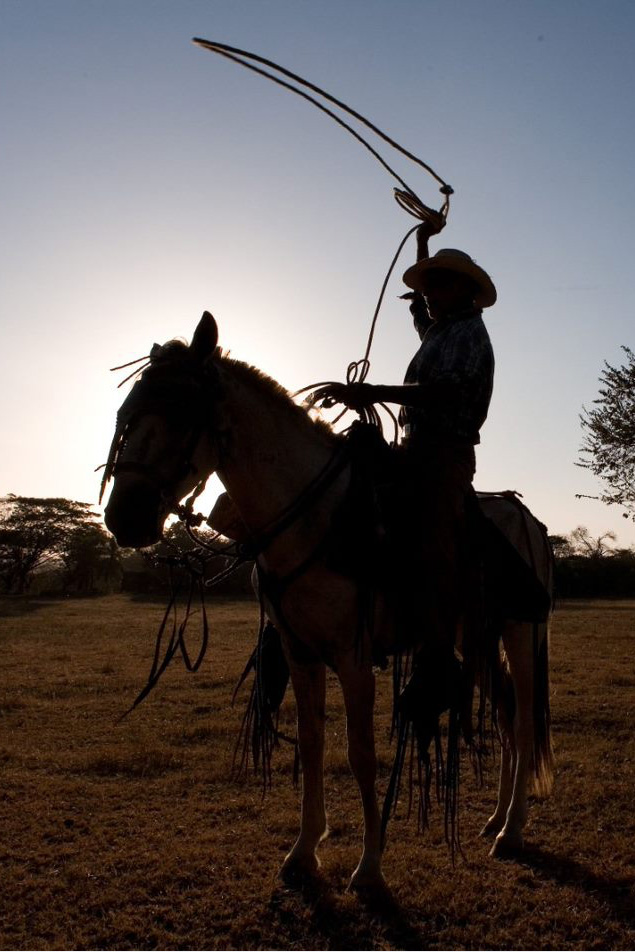Nandayure Honey
2023 Harvest
As everyone knows, weather this year has been a little crazy all around the world. This dry season in Costa Rica hasn’t been very dry at all, and that is extremely strange for the Nicoya Peninsula. Usually these months are arid, dusty and parched. Summer season is the only time of year where we can harvest honey because it’s when bees are busy making this magical syrup, and therefore the only time in the year when they have excess supplies.
Rain has been very present for almost the entire month of march which bloomed green grass, colorful flowers and lots of perfumed trees for the bees to explore. As a result of this rainy summer, this years honey harvest is unbelievable! Clearer than ever, very aromatic and with intense golden colors. Every batch is different, making it very hard to discover our favorite 2023 batch.
Nandayure Honey
Its name, according to an old legend, is due to a memory of an indigenous princess from the Chorotega tribe, who lived in the region in pre-Columbian times.
Nandayure is number 9 canton in the province of Guanacaste. It has an extensive coastline on the Pacific Ocean. This small canton has four different forests: Tropical Humid Forest, Very Humid Premontane Forest, Transitional to Dry Tropical Humid Forest, and Transitional to Basal Premontane Humid Forest.
In Nandayure you can find the only underground caverns in Costa Rica, this national park is known as Barra Honda. An extraordinary and very interesting place to visit!
Gallinazo
Scientific name: Schizolobium parahybum
It reaches heights of up to 35m, its wood is soft and light. Small yellow flowers appear between January and March
Madroño
Scientific name: Arbutus unedo
It is a small fruit tree, it doesn’t exceed 7 meters in height. Its flowers are reddish and appear in the humid months. Its fruit has a lichee appearance, is also called strawberry tree.
We hope you have learned more about the characteristics of the region where that honey you bought comes from!
Enjoy!
Discover where your honey comes from!
We’re excited for our customers to enjoy this year’s harvest! Taste and experience what tropical raw bee honey is with this year’s harvest, and let us know which honey is your favorite!
Don’t forget to scan the QR and find out the specific taste profile of your honey plus which flowers and trees made up your batch!
Enjoy the flavors and colors of this new harvest of honey!
Look for the lot number on the end of your honey jar and discover the flavors!
COLOR:
EXTRA LIGHT AMBER
AROMA/FLAVOR:
LEATHER, MANGO, PINEAPPLE, BUTTERSCOTCH
COLOR:
EXTRA LIGHT AMBER
AROMA/FLAVOR:
LEATHER, MANGO, PINEAPPLE, BUTTERSCOTCH
COLOR:
EXTRA LIGHT AMBER
AROMA/FLAVOR:
LEATHER, MANGO, BANANA, PINEAPPLE, COTTON CANDY
COLOR:
EXTRA LIGHT AMBER
AROMA/FLAVOR:
LEATHER, MANGO, BANANA, PINEAPPLE, COTTON CANDY
COLOR:
EXTRA LIGHT AMBER
AROMA/FLAVOR:
LEATHER, MANGO, BANANA, PINEAPPLE, COTTON CANDY
COLOR:
EXTRA LIGHT AMBER
AROMA/FLAVOR:
LEATHER, MANGO, BANANA, PINEAPPLE, COTTON CANDY
COLOR:
EXTRA LIGHT AMBER
AROMA/FLAVOR:
LEATHER, MANGO, BANANA, PINEAPPLE, COTTON CANDY
COLOR:
EXTRA LIGHT AMBER
AROMA/FLAVOR:
LEATHER, MANGO, BANANA, PINEAPPLE, COTTON CANDY
COLOR:
LIGHT AMBER
AROMA/FLAVOR:
LEATHER, MANGO, VANILLA, WALNUT
COLOR:
LIGHT AMBER
AROMA/FLAVOR:
LEATHER, MANGO, VANILLA, WALNUT
COLOR:
LIGHT AMBER
AROMA/FLAVOR:
LEATHER, MANGO, VANILLA, WALNUT
COLOR:
LIGHT AMBER
AROMA/FLAVOR:
LEATHER, MANGO, VANILLA, WALNUT
The world of honey is wonderful!
There are several factors that affect honey’s color and flavor, however, the main factor is the collection of nectar from bees, they visit around 50 to 100 different flowers on each one of their trips. The honey process is extremely interesting and it’s an excellent example of good teamwork. The bees go through 4 crucial steps until they reach the decadent syrup.
THE WORKER BEES COLLECT NECTAR
When the working bees finally find the nectar they want, they use their proboscis (elongated appendix located on the head) to suck the sugar from the flowers. With a little saliva from the bee, it is stored in a special sac in the stomach, when this sac is full the bee returns to its hive to leave all the nectar.
THE NECTAR IS SENT HOME
As honey passes from one bee to another, the enzymes in their saliva change the pH and other chemical changes occur. At this stage the mixture contains a lot of water so the bees work to dry it little by little.
DEHYDRATE THE HONEY
Some water is removed while the honey is passed from bee to bee, but what dehydrates the honey the most is when it is passed into the honeycomb. When the bees spread the honey in the hexagons, as it has more space, honey can evaporate its water particles faster. Something incredible about this process is that thanks to the constant movement of the bees’ wings there is a constant air flow that causes the water content in the honey to go from 70% to 17-20% at most.
THE HONEY IS STORED IN THE HONEYCOMB
The last step is how the honey is stored. When the honey is in its respective hexagon, the bees cover it with wax that they make. This is to maintain the freshness of the honey until the moment that they decide to feed from it. Or in another case, when us humans decide to harvest it. It is an amazing teamwork!

